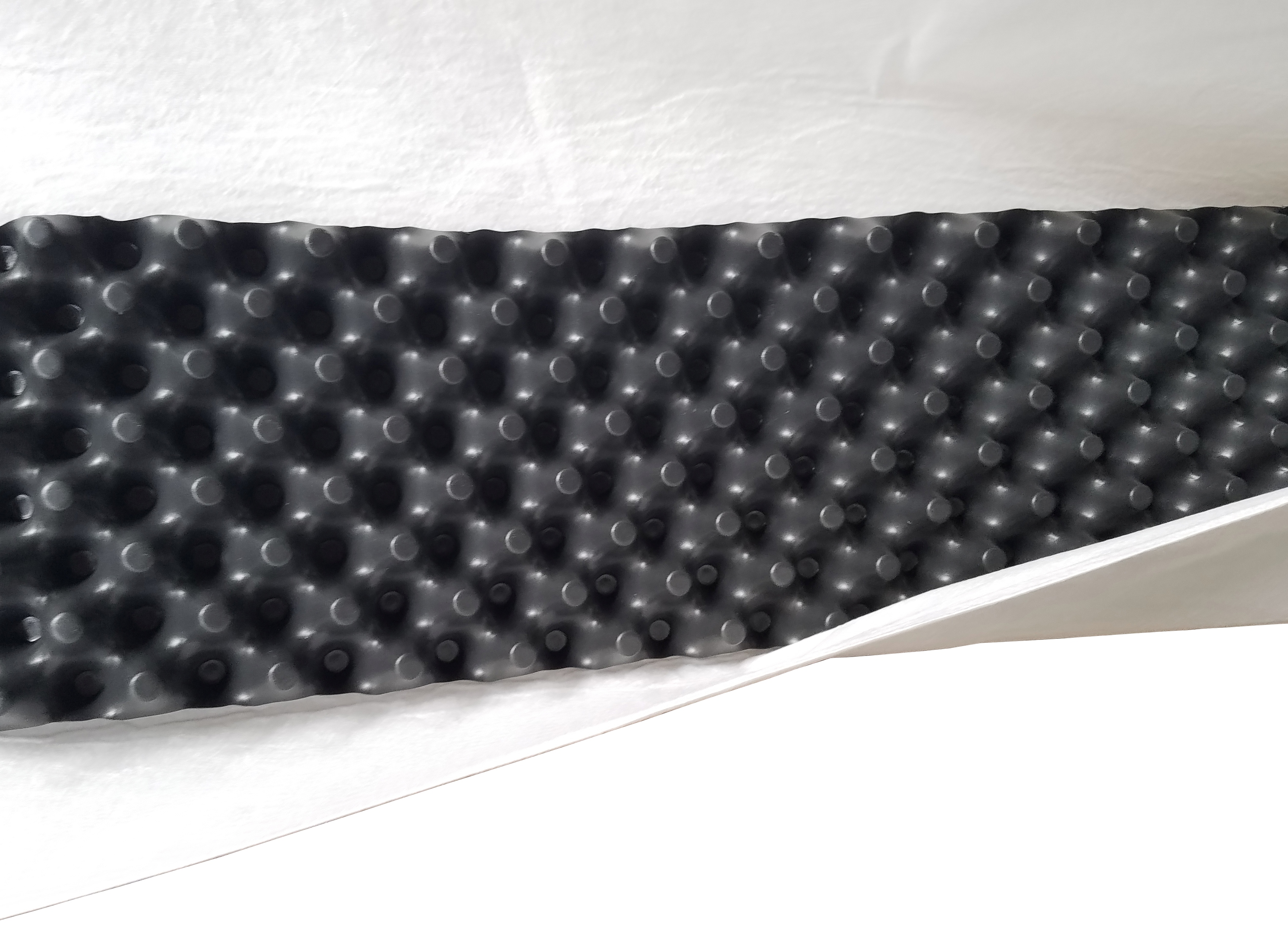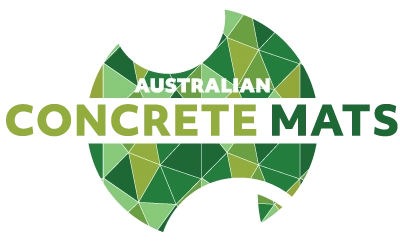Geosynthetics Australia supplies commercial quantities of geocomposite filter drains, geonets and drainage cells to wholesalers and major projects.
-
Filter Fabric Sheet Drains
-
Strip Filter Drains
-
Biplanar and Triplanar Drainage Geonets
-
Drainage Cells and Void Tanks
-
Prefabricated Wick Drains
Geocomposite drains include drainage panels or sheet drains, strip filter drains, drainage geonets and wick drains. To control seepage, both the permeability of the composite and its in-plane flow velocity are equally important.
Geocomposite drains combine the best features of different materials to achieve the best outcome for a particular application at a reduced cost. Geocomposite drains consist of a high compression strength polymer core that is corrugated, cuspated or is a stiff three-dimensional mesh and which is bonded or wrapped with a strong, highly permeable filter fabric that resists installation damage. The geotextile functions as the filter/separator and the polymer core as the drain. Other types have a thin pliable geomembrane on the side facing the wall and function as a vapour barrier.

Cuspated geocomposite core and filter fabric sock
Advantages of Geocomposite Drains
Geocomposite drainage systems are technically more advanced than conventional pipe drainage. They are quick to install, readily available, highly durable, extremely cost effective and resist mechanical damage. Geocomposite drains avoid the extreme variations in permeability associated with sand and gravel drains. They also eliminate the errors that arise when calculating flow velocities in open graded materials because the seepage quantities and velocities are known for particular hydraulic gradients.
Sheet drains remove seepage from the backfilled side of retaining walls, basement walls and plaza decks. They also protect waterproofing membranes.
Geocomposite strip drains substantially increase the volume of rain water drained due to their spatiality. They also allow significantly steeper slopes to be built than are possible using sand or gravel filtration layers.
Geocomposites and drainage geonets provide lasting drainage that resists crushing or a reduction in thickness. Geonets convey leachate beneath landfill liner and cover systems and vapour or water beneath pond liners. The reduced thickness of the drainage layer also ensures more useable landfill space.
Geocomposite edge drains are placed adjacent to highway pavements, airfield pavements, or a railroad right-of-way for lateral drainage out of and away from the pavement section.












